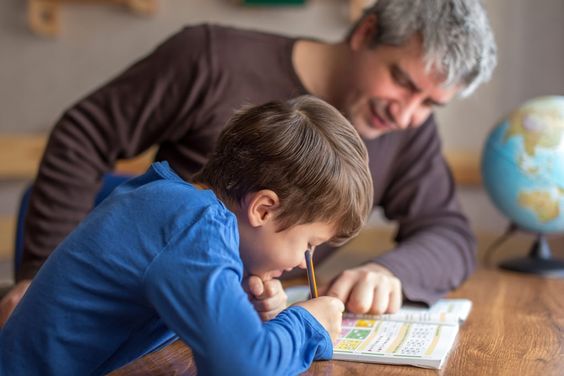Teaching is a rewarding profession, but it also comes with its fair share of frustrations. Every teacher has experienced those little behaviors and disruptions that can make a day in the classroom feel unbearable. While it may seem insignificant, these small annoyances can truly drive teachers crazy. Let’s take a look at 42 little things that drive teachers crazy.
- Chewing gum in class
- Tapping pencils against desks
- Unnecessary conversations during lessons
- Pen clicking
- Students playing on their phones
- Forgetting to bring necessary materials to class
- Late arrivals
- Changing seats without permission
- Not listening or following directions
- Incomplete homework assignments
- Asking the same questions repeatedly
- Whispering in the middle of a lecture
- Crumpling paper into balls and throwing them around
- Fidgeting with objects during the lesson
- Wasting paper by doodling on it
- Disrespectful attitudes towards other students or the teacher
- Talking back to the teacher
- Pushing chairs back loudly when standing up or sitting down
- Constant interruptions during class time
- Making unnecessary noises during quiet work time
- Zoning out and daydreaming during lessons
- Constantly needing to use the restroom
- Students treating reactions to these behaviors as jokes
- Sharing answers without authorization in group activities
- Passing notes or gossiping in the middle of class
- Giving excuses for late or incomplete assignments
- Ignoring fellow students who try to help or give explanations
- Rolling eyes or sighing loudly when the teacher is speaking
- Asking to leave the room at inappropriate times
- Disorganization, such as papers being scattered all over desks
- Food wrappers and trash being left around the classroom
- Constantly correcting the teacher, typically in a disrespectful manner
- Using disrespectful language towards classmates and teacher
- Trying to change the subject or derail a lesson
- Calling out answers without being called on
- Asking unrelated and off-topic questions during a lesson
- Refusing to participate in group projects or activities
- Not paying attention due to daydreaming
- Taking an excessive amount of time to complete tasks that should be quick
- Sleeping during class
- Arguing over grades and assignments
- Turning work in late without a valid reason
These are just some of the countless frustrations that teachers face on a daily basis. Although these little things may seem harmless individually, they can quickly add up and take a toll on even the most patient educator. It is essential for both students and parents to be mindful of these behaviors, as they can significantly impact the learning environment. A little courtesy, respect, and discipline can go a long way in ensuring that everyone has a successful and enjoyable school year.











